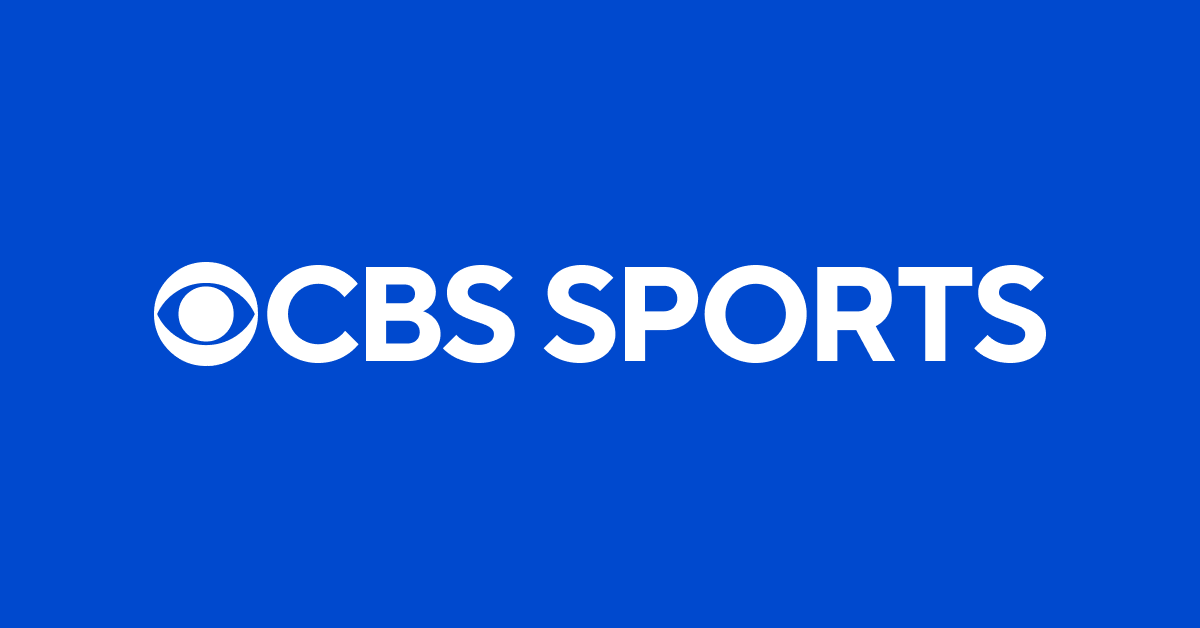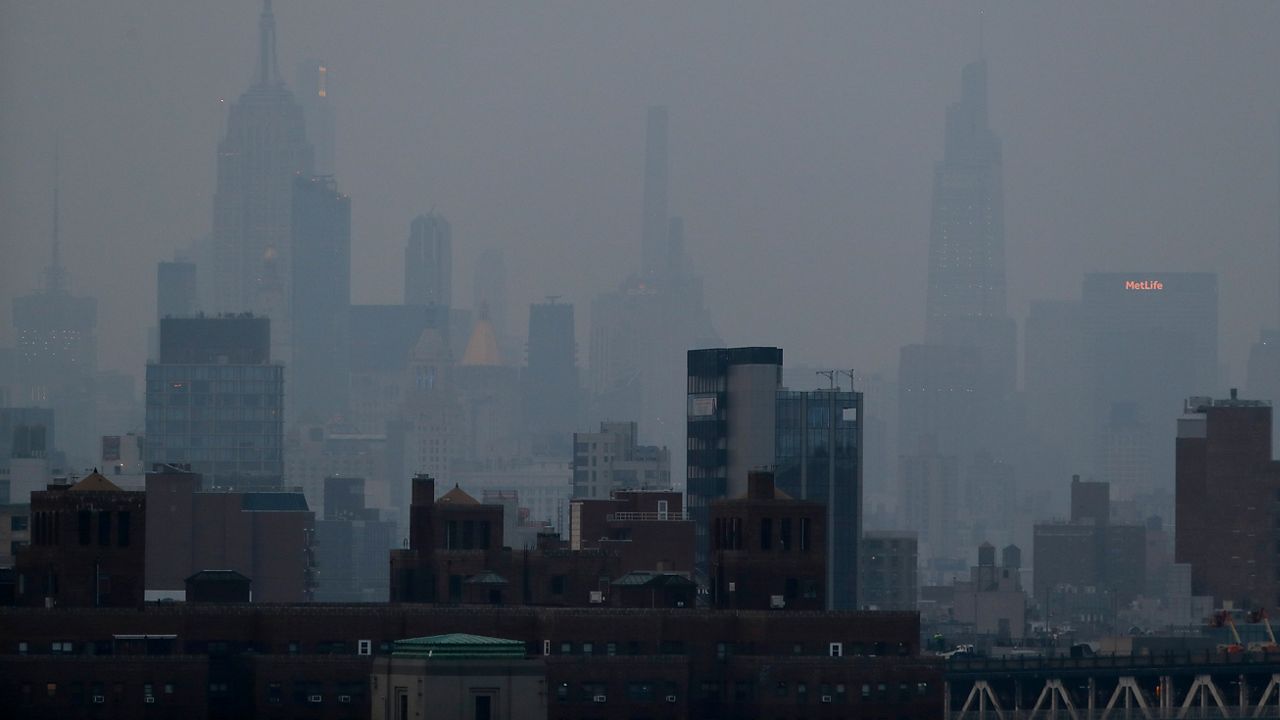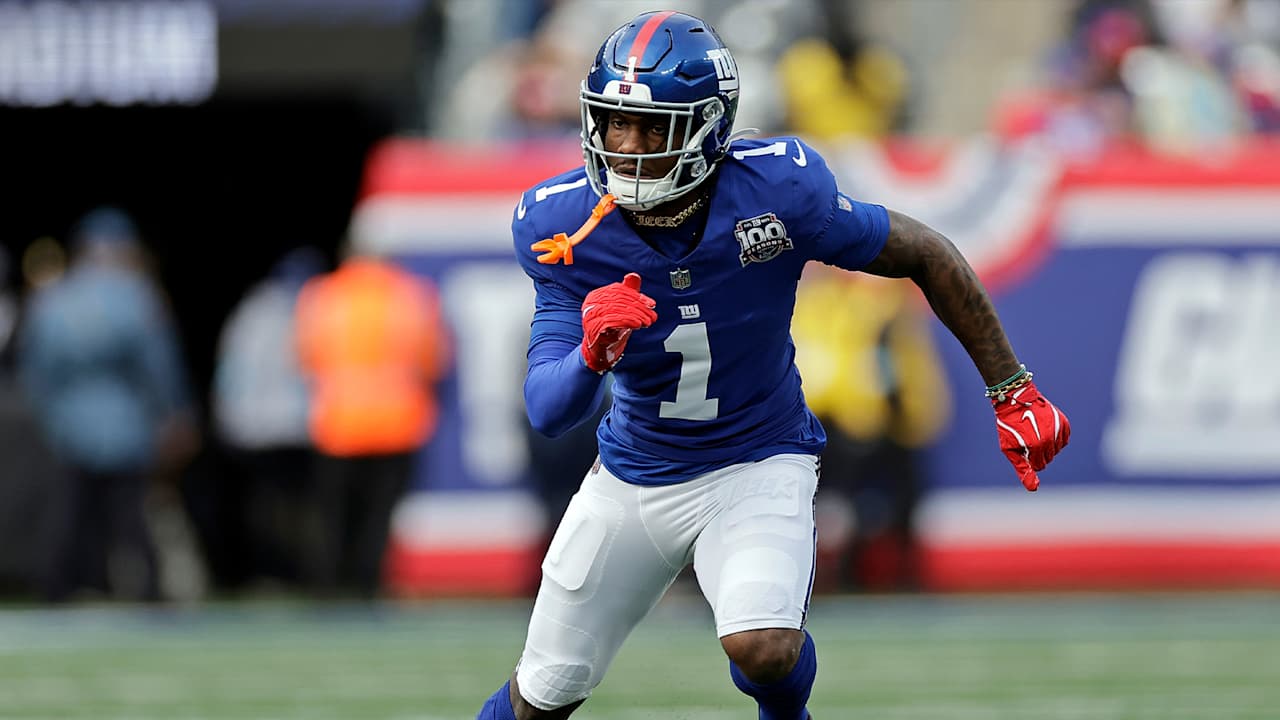Basketball
Part II: Which stars could the Knicks target and how would they fit?

You know the drill.
The New York Knicks are in a position to trade for a star, but no obvious names have presented themselves.
Part I detailed six stars whose names could pop up in public discourse this summer or next season, breaking down their futures and whether the Knicks could become a destination for them.
Here is Part II, touching on more big names who may not be on the move but could come up in star-thirsty conversations:
The Suns have shown no signs of breaking up their core — at least, not yet.
Owner Mat Ishbia and the Suns are a mess. Phoenix has traded all of its eligible first-round picks and swaps, blown past the second apron, eliminating its flexibility and got swept in Round 1 of the playoffs.
For now, the Suns’ best chance to keep Booker, Kevin Durant and Bradley Beal together is to pray talented players are willing to sign there for the minimum and then hope health and familiarity carry them to more success in 2024-25. But if they continue to underperform, a change in philosophy could come.
Booker, if Phoenix ever chose to trade him, would become the obvious name for the Knicks. Durant is in his mid-30s. Beal has a no-trade clause. Booker fits the superstar moniker, someone who’s been in the top four in MVP voting and has made two All-NBA teams. He’s only 27. And, like with many of the other speculated targets for New York, he’s a CAA client, a member of the same agency that Knicks president Leon Rose once ran.
But even if the Suns struggle in 2024-25, leading them to seek offers for Booker next summer, the Knicks would approach with one massive complication.
There is a stipulation in the new collective bargaining agreement that is not getting enough attention. As the basketball world obsesses over how soaring past the second apron can damage a team’s flexibility, the first apron is changed, too. Now, if a team is above the first apron, it cannot take in more money than it gives out in a trade — and that rule will make it nearly impossible for two teams above the first apron to make trades directly with each other.
It would take the Knicks tearing down their roster for them to avoid going above the first apron next summer. Jalen Brunson will be on a new contract, which will include a significant raise, whether he signs the extension this summer or re-signs as a free agent in 2025. Julius Randle, a free agent in 2025, is due for an increase. OG Anunoby, assuming he’s back, will be on a giant contract. Isaiah Hartenstein (assuming he’s back, as well), Josh Hart and Donte DiVincenzo will all make eight figures.
Meanwhile, the Suns’ payroll will resemble the GDP of a small country.
It means the only way those two teams could make a trade directly would be if they sent out the same amount of money, down to the cent. And that won’t happen. (However, there is one loophole, which is to come.)
This is one reason why the Knicks are targeting this summer or the 2025 trade deadline to deal for a star: Finances limit the team’s options in 2025-26.
And this wouldn’t be true only for negotiations with the Suns.
Antetokounmpo is the Knicks’ dream scenario, as he would be anyone’s. The sharks are circling after the Bucks’ disappointing 2023-24, which ended in an injury-induced first-round playoff defeat to the Indiana Pacers. But these are the same stalkers that have lusted after Antetokounmpo for years. All the two-time MVP has done during that time is re-sign with Milwaukee over and over again.
An Antetokounmpo trade is not coming this summer. But the Bucks won only 49 games this past season. He and Damian Lillard never found their chemistry. The team is stripped of its draft picks and much of its future. The rest of the league is waiting to see if another underwhelming season would allow it to pounce.
But any team that’s already expensive would run into the same problems with Antetokounmpo that it would with the Suns. The Bucks will be above the first apron, unable to take on more dollars than they send out in a trade. And if the Knicks are above the first apron, too, then they would need to find a loophole.
There is a way two teams above the first apron could get around these rules: They could add a third team.
To make the math easy (because the NBA’s legalists have made this nothing close to simple), let’s say two teams, each above the first apron, want to make a trade. Team A is sending out $50 in salary. Team B is sending back $45 in salary. The trade would not be allowed since Team B is taking in more salary. But they could include a third team, Team C, one either with cap space or with a large enough trade exception to absorb salary without sending any out.
For example, Team A could send Team B $50 in salaries; Team B could send Team A $45 in salaries; and Team B could also send Team C $10 in salaries. In that scenario, Teams A and B are both sending out more money than they are absorbing.
If shiny new contracts for Brunson, Randle, Anunoby and more send the Knicks over the second apron in 2025-26, then a hypothetical trade for Booker or Antetokounmpo becomes even more difficult than in the scenario detailed above, since Phoenix and Milwaukee could both sit above the second apron, too. Teams in that territory are not allowed to aggregate salaries.
If this situation understandably scrambled your brain, leave with this takeaway: The Knicks could technically make a trade with a team also above the first apron but the process of doing so would be convoluted at best.
This is a pivotal summer for the Pelicans, who are getting expensive and could look to shake up their core. The problem is, they won’t want to get worse in the process.
They have a decision upcoming with Ingram, who is entering the final season of his contract. Will they pay him a max or close to it to keep him in town? Or will they deal him away for another talent and hope the team can thrive with Zion Williamson, CJ McCollum and young up-and-comers Trey Murphy and Herb Jones?
It’s difficult to find an Ingram-to-the-Knicks trade that would make sense for New Orleans. Picks may not entice the Pelicans, who just won 49 games and will want to maintain their comeuppance. Swapping him for Randle would create a nightmare fit next to Williamson.
Ingram’s fit with the Knicks would bring about questions, too. He’s a smooth wing, an underrated passer and a 20-point scorer, but New York would have to pay him, sending itself into rich territory. Would it be worth the financial burden and the lack of flexibility that would come with it just to add a 26-year-old who hasn’t been an All-Star in four years?
The Jazz are approaching a decision with Markkanen, who is entering the final season of a team-friendly contract. They can extend him this summer. They could wait until next offseason to bring him back as a free agent when the 27-year-old could stand to make more money. Or a team that remains in the early stages of a rebuild could move its All-Star forward.
If Utah opts for that last strategy, the return would not be cheap. Team CEO Danny Ainge is not exactly known to settle for scraps.
Markkanen might not need any time to mesh with the Knicks’ offense. He’s a top-notch shooter and is one of the league’s best off-ball scorers. Not many players screen and cut with his vigor. He could make magic with Brunson. But if he were to become available, others would want in, even though they’d have to pay him in a year. The last time Ainge controlled a bidding war, he swiped away futures for Rudy Gobert and Donovan Mitchell.
Trading for Markkanen would likely mean moving on from Randle, considering those two forwards along with Anunoby, a free agent who the Knicks hope to re-sign, and a center would be too clunky a fit.
Embiid’s exit in Philadelphia is nowhere near — and it may never come at all. He’s always told people close to him that he wants to be a one-team star, and though other fan bases may yearn for him to ask out, it’s not happening yet. The 76ers have max cap space heading into this summer and hope to use it to attract another big name, who they would add to Embiid and Tyrese Maxey, a restricted free agent they will bring back.
If this new iteration of the 76ers doesn’t come through, who knows Embiid’s reaction? But for now, the former MVP and one of the NBA’s top scorers will remain just down I-95.
LaVine’s market is not robust, namely because of his contract. The Bulls’ success after he got hurt last season didn’t help his case, either.
The 29-year-old still has three years and $138 million remaining on his deal, which most teams view as a net negative. Even if it took zero draft picks to land him, he may not be worth a swing for the Knicks. LaVine is a scoring machine and a splashy shooter, but he’s not a high-level distributor. Elite teams would pulverize him and Brunson at the top of a defense.
There is a reason LaVine is still in Chicago, even after the Bulls encouraged the rest of the league to call about him this past season.
(Photo of Josh Hart and Devin Booker: Chris Coduto / Getty Images)









